Ershad's first death anniversary: Despotism still survives in Bangladesh
Ershad may have gone, but his shadow can still be seen in the political theatre of Bangladesh, writes Aashish Kiphayet for South Asia Monitor
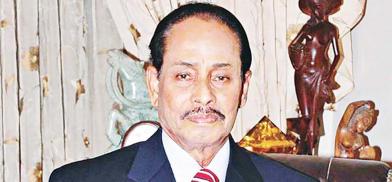
Humayun Azad, a prominent Bangladeshi writer, once described Bangladesh's democracy in his book ‘Rajnitibidgon’. He wrote that a commander will occupy a country in the morning and then he will call on a judge and become the president by evening. Then the commander will give the country ‘jackboot democracy.’ The country’s opportunists will then gather around this jackboot. General Hussain Muhammad Ershad may have assumed power in the same way. In 1933, Nazi leader Adolf Hitler established dictatorship in Germany. Exactly after 49 years, Ershad occupied Bangladesh in 1982. It may be a mistake to compare Ershad and Hitler. But both were military personnel. During World War I, Hitler fought for the country, but Ershad did not fight for Bangladesh during the Liberation War. He was a coward. During the Bangladesh Liberation War in 1971 he was in Pakistan.
After independence General Ershad returned from Pakistan in 1973 and joined Bangladesh Army. He was about to lose his job in the army but for the sympathy shown by Sheikh Mujibur Rahman, the founding leader of Bangladesh and the country’s first prime minister. He managed to retain his job. Mujib, popularly known as Bangabandhu, meaning friend of Bengal, rehabilitated him in the army. Ziaur Rahman, former army chief, who served as president of Bangladesh during 1977-81 and was the founder of Bangladesh Nationalist Party (BNP), promoted Ershad as the chief of Bangladesh military force violating the rule of seniority. There are trends still in Bangladesh military where a person is favored or promoted for his proximity with the power holders not due to his personal competence or seniority. No rules and ethics are followed in such cases.
Bloodless coup
General Ershad seized power from the elected president justice Abdus Sattar of BNP as the Chief Martial Law Administrator on March 24, 1982 in a bloodless coup. He ruled the country in this capacity until December 11, 1983.On that day he declared himself president of the country by removing President Justice AFM Ahsanuddin Chowdhury whom he had appointed to the top position of the state. The military dictator was ousted from power, after nine years of autocratic rule, in the face of a mass upsurge on December 6, 1990.
On the first death anniversary of the former military dictator and Jatiya Party chairman, who died on July 14, 2019 at the Dhaka Combined Military Hospital at the age of 89, it is clear to see that General Ershad still lives on in Bangladesh's political class, at least in the way they rule the country.
After independence, it was easy to launch a military coup in young Bangladesh. However, whoever seized power via military coup could not sustain it for long in the political theatre. The exception was Ershad. He is perhaps, the only military ruler in the world who survived in the political system even after losing power. How did Ershad survive? Who kept him alive in politics?
Ershad was forced to resign following the popular pro-democracy mass uprising led by Khaleda Zia (former prime minister) and Sheikh Hasina, the current prime minister. It is true that people do not accept military dictatorship. That era was marked with students’ strike, and also mass civil unrest that spread across the country. Was the movement of the 90s really an anti-autocratic movement or it was an anti-Ershad movement? It seems that the movement was only against a person, not against the dictatorship and not against the authoritarian systems. We are tolerant of dictators today. If the movement was against the system, it would have ended in 90s forever. But the dictatorship never ended and the political structure that survived in the 90s in Bangladesh never changed. Dictators still survive within the structure left by Ershad.
Long shadow of Ershad
People have a misconception that a military ruler riding on the power of a coup can be called a dictator. But the reality suggests otherwise. An elected government could also establish autocracy that borders on fascism. Although the leaders since his rule have come to power through a democratic process, they have ruled in the same autocratic way. Our current rulers also learned many things from General Ershad. The dictator is gone, but his legacy of mixing politics with religion still influences Bangladesh politics. The governments that succeeded Ershad have learned how to establish despotism, how to survive for long in power, how to use religion in politics, how to play with people’s emotions, and how to leave a clear line of succession within the family even after they are no longer in power.
Ershad's shadow can still be seen in the political theatre of Bangladesh. Just like him, today’s politics is based on muscle power and mindless hooliganism. Ershad managed to corrupt the entire political chain that channeled millions of new Ershads in Bangladesh politics.
Azad, one of the most influential writers in modern Bengali literature in Bangladesh, said in another book ‘Amra Ki Ei Bangladesh Cheyechilam’ (Did we want this Bangladesh?) that men of Bangladesh were already "polluted", but Ershad even managed to corrupt the women but its poetry too. It is said that Ershad spoilt the character of Bangladeshi politicians so much so that even now getting a decent man in Bangladesh politics is rare.
During Ershad’s tenure, the media was not free, and it never became free in Bangladesh. The dictator, who suddenly decided to become a poet, had his poetry printed on the first page of a pliant newspaper. This type of sycophancy in the media still continues.
(The writer is a journalist and South Asian geopolitical analyst. The views expressed are personal. He can be contacted at kepayet01mcj@gmail.com)
work and reporting! Keep up the wonderful works guys I've added you guys to my blogroll.
website
What's Taking place i am new to this, I stumbled upon this I have found It positively helpful and it has aided
me out loads. I hope to contribute & help other users like
its aided me. Great job.
casino en ligne
Amazing! Its actually amazing post, I have got much clear idea about from this piece of writing.
casino en ligne
Hello there, just became alert to your blog through Google, and found that it is truly informative.
I'm going to watch out for brussels. I'll be grateful if you continue this in future.
Lots of people will be benefited from your writing. Cheers!
casino en ligne
Hey just wanted to give you a quick heads up. The text in your article seem to be running
off the screen in Opera. I'm not sure if this is a
format issue or something to do with browser compatibility but I figured
I'd post to let you know. The design look great though! Hope you get the problem solved soon. Cheers
casino en ligne
This post presents clear idea for the new users of blogging, that in fact how to do blogging
and site-building.
casino en ligne
Spot on with this write-up, I truly feel this website needs a great deal more
attention. I'll probably be back again to see more, thanks for the information!
casino en ligne
This is the perfect blog for anybody who really wants to understand this topic.
You realize so much its almost hard to argue with you (not that I
personally would want to…HaHa). You certainly put a new spin on a subject that has been written about for many years.
Great stuff, just great!
casino en ligne
Wonderful work! This is the type of information that
are supposed to be shared across the net.
Shame on the search engines for not positioning this publish higher!
Come on over and seek advice from my website .
Thanks =)
casino en ligne
When someone writes an paragraph he/she retains the plan of a user in his/her brain that how a user can understand it.
So that's why this paragraph is outstdanding.
Thanks!
casino en ligne




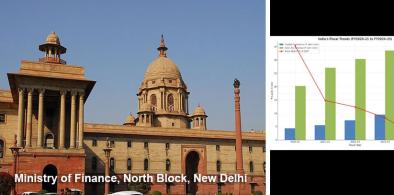
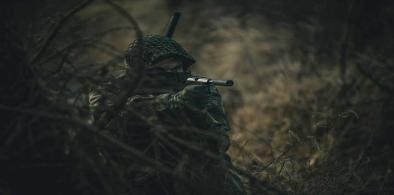
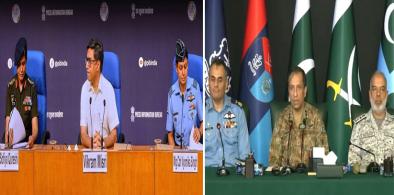
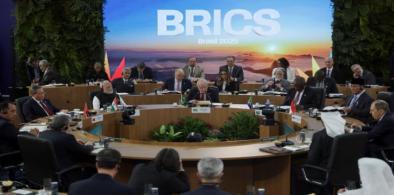
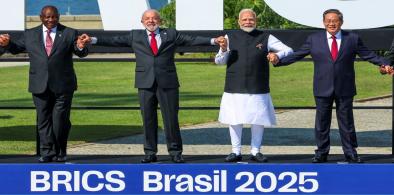

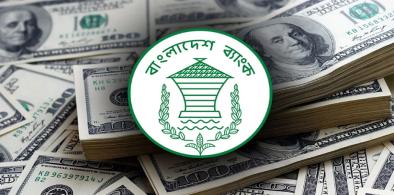
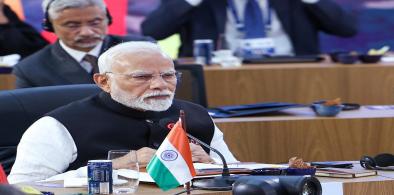
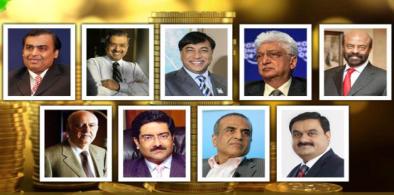
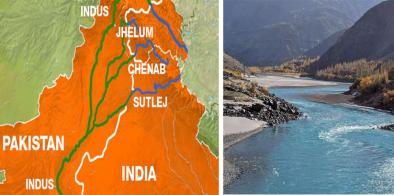






Post a Comment